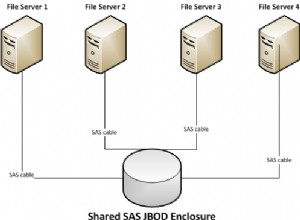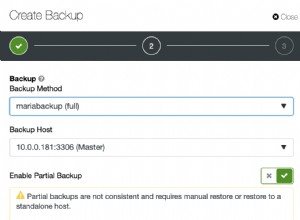Abbiamo fatto qualcosa del genere con un'applicazione ASP.NET Web Forms alcuni anni fa, fondamentalmente creando un processo SQL Agent con un solo passaggio che eseguiva il pacchetto SSIS che era stato distribuito sul server e quindi invocandolo tramite Enterprise Library
public bool ExecutePackage(string jobName)
{
int result = -1;
bool success = false;
try
{
// "SsisConnectionString" will be the name of your DB connection string in your config
Database db = DatabaseFactory.CreateDatabase("SsisConnectionString");
using (DbCommand dbCommand = db.GetStoredProcCommand("sp_start_job"))
{
db.DiscoverParameters(dbCommand);
db.SetParameterValue(dbCommand, "job_name", jobName);
db.SetParameterValue(dbCommand, "job_id", null);
db.SetParameterValue(dbCommand, "server_name", null);
db.SetParameterValue(dbCommand, "step_name", null);
db.ExecuteNonQuery(dbCommand);
result = Convert.ToInt32(db.GetParameterValue(dbCommand, "RETURN_VALUE"));
}
}
catch (Exception exception)
{
success = false;
}
switch (result)
{
case 0:
success = true;
break;
default:
success = false;
break;
}
return success;
}
E nella tua configurazione:
<connectionStrings>
<add name="SsisConnectionString"
connectionString="Data Source=<server>;Initial Catalog=MSDB;User Id=<user>;Password=<pwd>;"
providerName="System.Data.SqlClient"/>
</connectionStrings>




